Optimize Your Amazon Listing for Max Conversions: Photos, Video, Infographics, Product Description Guideline
The difference between a listing that converts at 8% and one that barely reaches 2% often comes down to a handful of controllable elements. Working with hundreds of Amazon brands over the years has revealed a clear pattern: the winners are the ones who understand how to present their products.
Every element of your Amazon store, from your main image to the last bullet point, either builds trust or creates friction. Here's exactly how to optimize each component for maximum conversions.

Why Amazon Listing Optimization Is Critical for Sales Growth
Amazon is a sophisticated ecosystem where visibility and conversion work in tandem. Understanding this relationship is the first step toward listings that actually perform.
How Amazon's Algorithm (A9) Prioritizes Optimized Listings
Amazon's A9 algorithm has one primary objective: showing customers products they're most likely to purchase. It rewards listings that demonstrate strong performance signals: high click-through rates, solid conversion rates, and positive customer engagement. When your listing combines relevant keywords with compelling visuals and comprehensive content, A9 interprets this as a quality match for shopper intent and rewards you with better placement.
A9 is constantly evaluating: "Will this listing satisfy the customer's search intent?" Every optimization you make answers that question more convincingly.
Why Visuals and Content Directly Impact Your Conversion Rate on Amazon
Most shoppers decide whether to buy within the first three seconds of landing on your listing. That split-second judgment is almost entirely visual. Your main image creates the first impression, but your secondary images, videos, and infographics build confidence and address objections.
Informative visuals communicate professionalism, reduce perceived risk, and help shoppers envision the product in their lives. Your written content provides the rational justification for an emotional decision already made. Both elements must work together.



The Connection Between SEO Keywords, Click-through Rate, and Amazon Sales Rank
Keywords bridge customer intent and your product. When you nail keyword optimization, you appear for the right searches, those from shoppers actually ready to buy. This drives higher click-through rates because your listing matches what they're looking for.
But clicks alone don't guarantee success. Amazon tracks what happens after the click. If visitors bounce immediately because your listing doesn't deliver on the keyword promise, your ranking suffers. The sweet spot is attracting qualified traffic through smart keyword use, then converting that traffic with optimized visuals and content. When this system works, your sales rank climbs, which increases visibility further.
Amazon Product Photography That Drives Clicks and Sales
Photography is your first line of offense in the battle for attention. Get it right, and you've earned the opportunity to make your case.
Hero Image Rules for Amazon Search Results
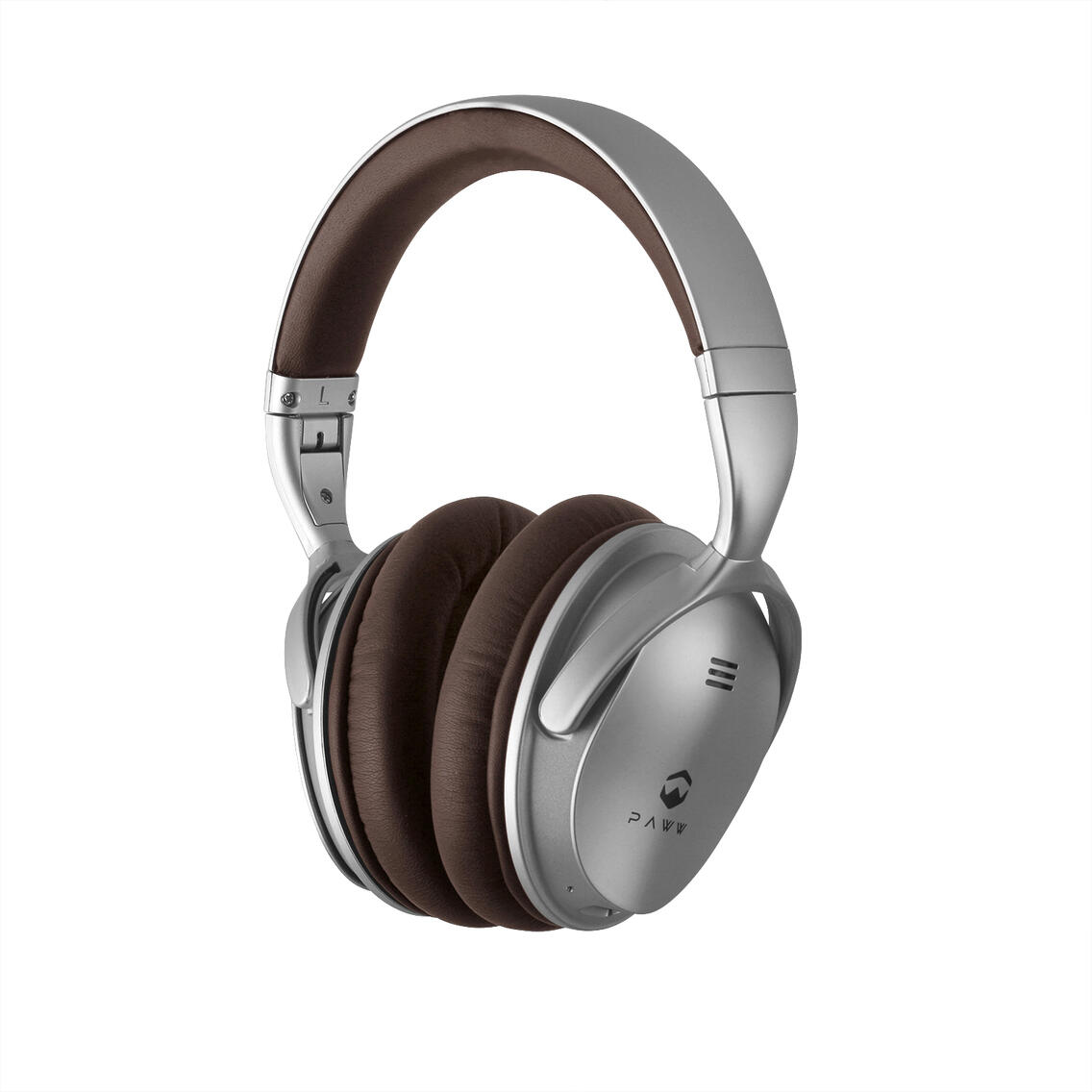
Your main image operates under strict Amazon guidelines. Within these constraints, there's room for strategic choices. Angle matters enormously. Is your product best shown straight-on, at a three-quarter view, or from above? Test this. The winning angle most clearly communicates what the product is and why it's desirable at a glance. You're competing with dozens of similar products in search results, so your hero image needs to be both compliant and compelling.
How On-model Photography Increases Trust and Perceived Value on Amazon
Lifestyle on-model images show the product in use in its natural habitat: the coffee maker on a sunlit kitchen counter, the backpack on an actual hiking trail, the skincare product in a spa-like bathroom setting. These images help shoppers visualize ownership. Usage context images demonstrate scale, functionality, and real-world application. Show the product being used, show it next to familiar objects for size reference, and show the problem it solves.
Seeing a product on a real person creates irreplaceable credibility. For apparel, fit, drape, and styling come to life. But even for products you wouldn't typically associate with modeling, on-model photography adds weight.
A fitness product held by someone mid-workout. A kitchen gadget being used by hands that look like they actually cook. These images create subconscious trust signals. They communicate that real people use this product, that it works in the real world. Perceived value jumps because shoppers can imagine themselves as that person, experiencing those results.
The catch: authenticity matters. Overly polished, stock-photo-looking models can backfire. The shoppers of today are sensitive to inauthenticity. The goal is aspirational relatability.
The Role of AI-generated Product Images For Speed and Cost Efficiency
Traditional product photography has always involved a trade-off: quality versus speed and cost. Exceptional images require significant investment in coordinating shoots, photographer fees, studio time, and weeks of turnaround.
LenFlash AI-generated on-model product photography has changed this equation. The technology now produces lifestyle scenes, on-model shots, and contextual images in a fraction of the time and cost. For brands managing large catalogs or testing seasonal variations, this changes everything.
Adding Product Videos to Boost Amazon Conversions
Video has become table stakes for serious Amazon sellers. Listings with video convert at significantly higher rates than those without.
Video shows what static images can't: movement, functionality, and details that would take dozens of photos to communicate. When a shopper can see a product in motion, watch it being assembled, or observe it in real-world conditions, uncertainty drops.
Video sets accurate expectations. When shoppers know exactly what they're getting, return rates plummet. For Amazon sellers, returns don't just cost money; they damage seller metrics and ranking. A well-produced product video is insurance against buyer's remorse.
Best Types of Amazon Product Videos (Unboxing, Demos, Lifestyle)
Different video formats serve different purposes in the buyer journey:
Demo videos prove the product does what you claim. Show it in action, highlight key features, demonstrate ease of use. These videos answer "How does this actually work/fit?" and are essential for any product with a learning curve.
Lifestyle videos create an emotional connection. They show the product improving someone's day, solving a real problem, or fitting into an enviable lifestyle. These videos don't just inform; they inspire.
Unboxing videos appeal to the anticipatory excitement of receiving a purchase. They showcase packaging quality, what's included, and the first-use experience. These work exceptionally well for gift items or premium products where presentation matters.
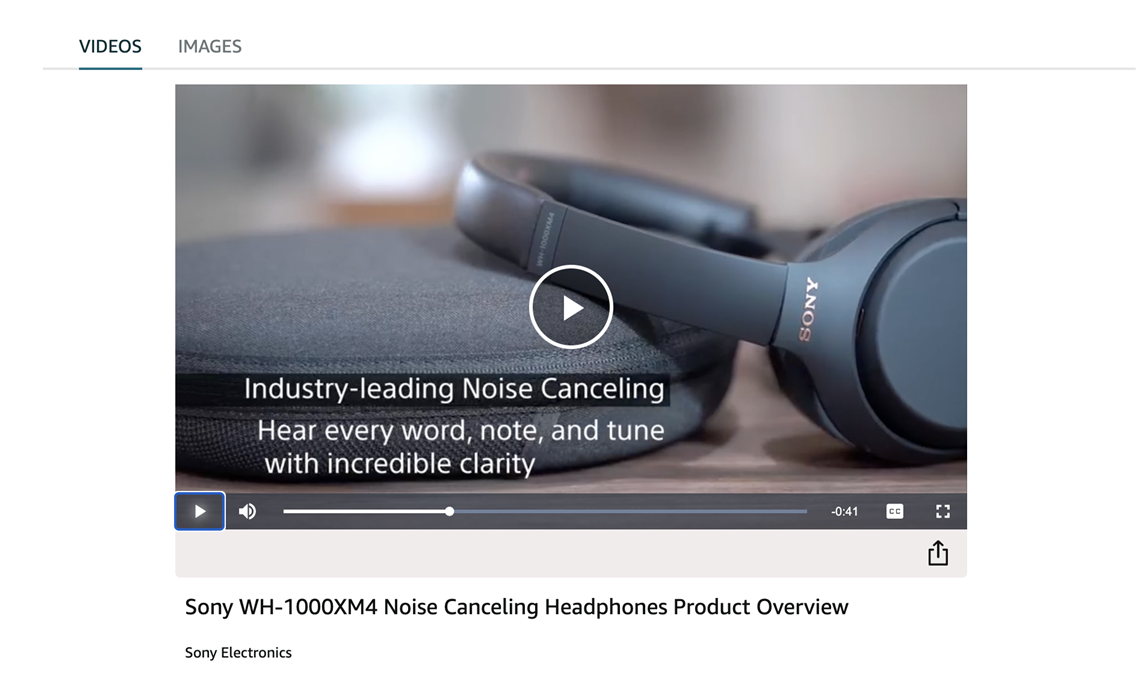
AI-powered Video Production for Amazon
Every growing Amazon brand faces this challenge: you need video content for dozens or hundreds of SKUs, but traditional video production doesn't scale economically at that level.
AI-assisted video production is solving this bottleneck. The technology enables rapid content creation without traditional overhead. You can now produce consistent, on-brand video content across your entire catalog in the time it used to take to produce videos for your top ten sellers.
The sophistication of these tools has reached a point where the output matches traditionally produced content for many applications. This democratizes video marketing because it is no longer reserved for brands with six-figure content budgets.
Amazon Infographics to Turn Features Into Benefits at a Glance
infographics communicate complex information instantly, which is exactly what mobile shoppers need. Over 70% of Amazon shopping now happens on mobile devices. On a phone screen, paragraph text is a burden. Shoppers scroll quickly, scan rather than read, and make decisions based on what they can process in seconds.
Infographics are built for this behavior. A well-designed infographic can communicate your product's top five benefits in the time it takes to read a single bullet point. It uses visual hierarchy, color, and iconography to guide the eye and emphasize key points.
Explaining Technical Details Visually for Higher Clarity
Some products have complex features that are difficult to explain with words alone. Technical specifications, dimensional information, and compatibility details are important but potentially confusing when presented as text.
Visual explanations cut through the complexity. A labeled diagram showing all components. A size comparison graphic placing your product next to familiar objects. A compatibility chart using simple icons to show which devices work with your product.
The best infographics take your product's most potentially confusing aspect and make it immediately understandable. That moment of clarity is when shoppers go from interested to convinced.
Designing Amazon Infographics with Photography, Graphics, and Short Text
The product image provides context and realism. Icons create visual interest and aid quick scanning. Text delivers the essential information, but only what's necessary.
The product image anchors the infographic, icons direct attention to key features, and text provides the final clarification. Each element has a job, and nothing is extraneous. This disciplined approach creates infographics that inform without overwhelming.
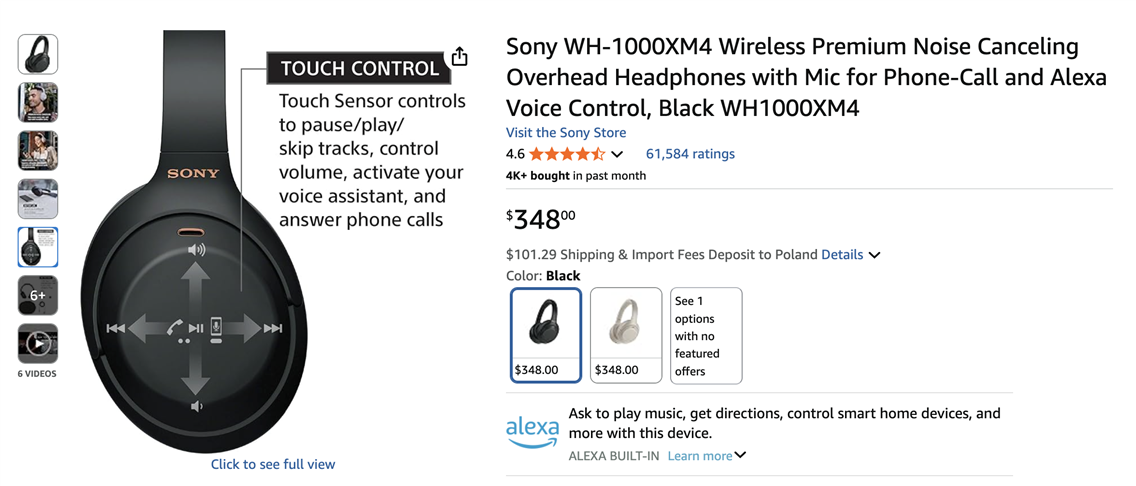
Crafting Amazon Product Descriptions That Convert
Your written content completes the story your visuals began. It's where shoppers confirm what they've already decided with their eyes, and where you can differentiate on substance.
Using Keyword Research to Align With Search Intent
The keyword research goal is understanding the language your customers use when they're ready to buy. Tools like Helium 10 reveal not just what people search for, but the specific terms they use when they're comparing options versus when they're ready to purchase.
High-intent keywords should saturate your title, bullet points, and backend search terms. But keyword stuffing tanks readability, and Amazon's algorithm recognizes and penalizes it. The art is weaving keywords naturally into compelling copy that actually helps shoppers make decisions.
It always starts with search intent: What problem is the shopper trying to solve? What concerns do they have? Keyword research should reveal both the explicit terms (product features) and implicit concerns (durability, ease of use, value) that drive purchasing decisions.
Storytelling vs. Feature-Dumping in Amazon Descriptions
Features tell, benefits sell. Feature-dumping is listing specifications with no context: "Made of brushed stainless steel, 12-inch diameter, dishwasher safe." It's factual but forgettable.
Storytelling weaves features into a narrative of improved life: "This 12-inch stainless steel pan becomes your kitchen workhorse: searing steaks to perfection, then going straight into the dishwasher for effortless cleanup." Same information, different impact.
Lead with benefit-driven storytelling in your product description, then support it with detailed feature information in bullet points where shoppers expect to find specifications.
Bullet Points vs. A+ Content
Bullet points and A+ Content serve different masters and different moments in the buyer journey. Bullet points are for shoppers who want key information fast. These should be tight, benefit-focused, and keyword-rich. Each bullet should stand alone, answering a specific question or addressing a specific concern.
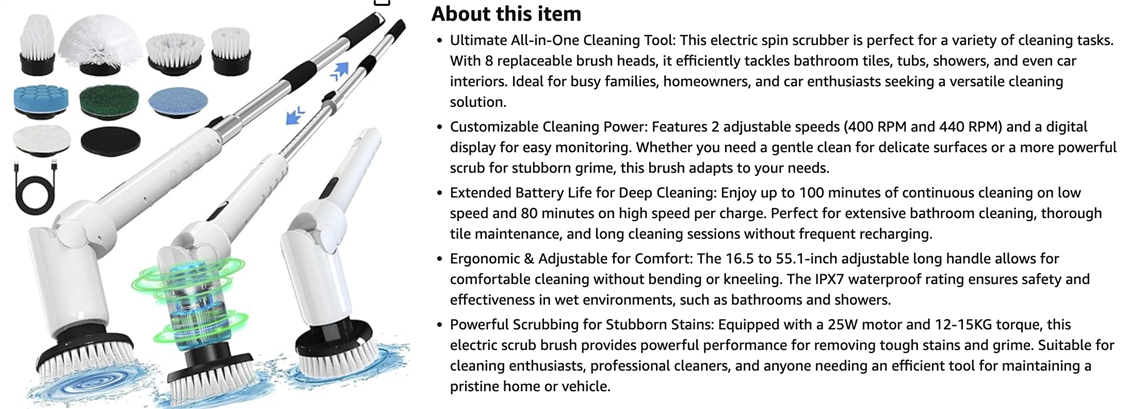
A+ Content is for those who need to be convinced. These shoppers have scrolled past the basics and want to understand differentiation, see proof points, and get the full brand story. This is where you can expand on use cases, showcase comparison charts, tell origin stories, and build brand affinity.
Investment-wise, nail your bullet points first, as they're visible above the fold and critical for initial decision-making. Once those are optimized, develop A+ Content that reinforces your positioning and answers the questions that prevent conversion. The best A+ Content closes objections and creates preference.
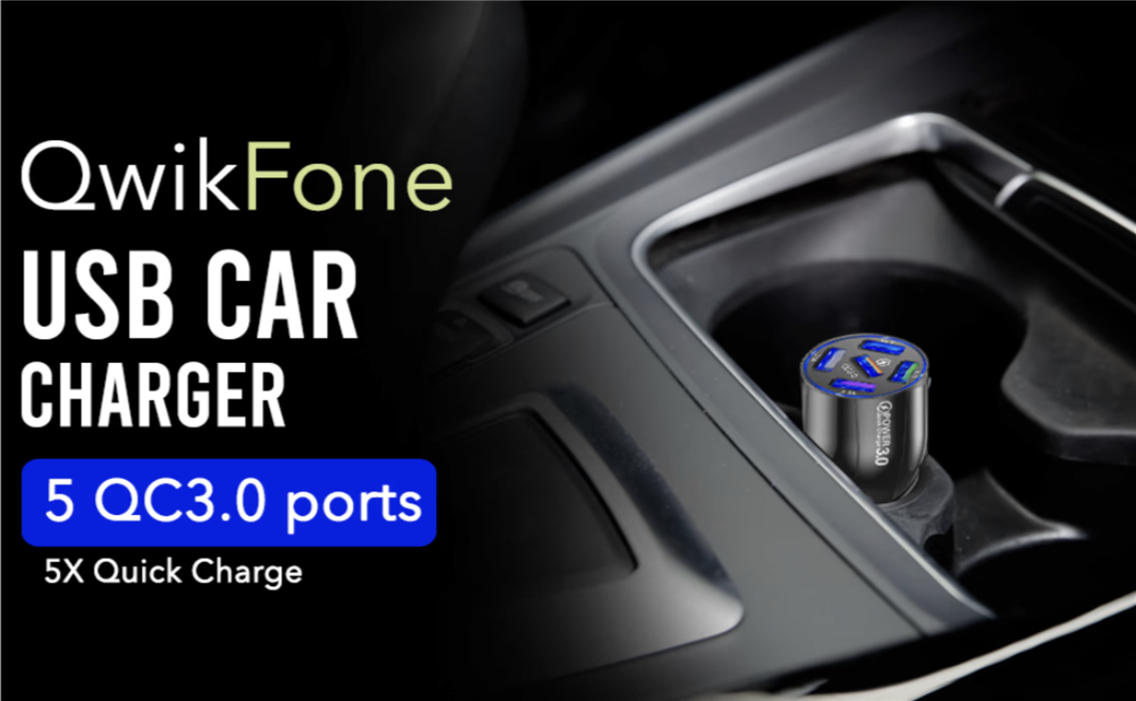


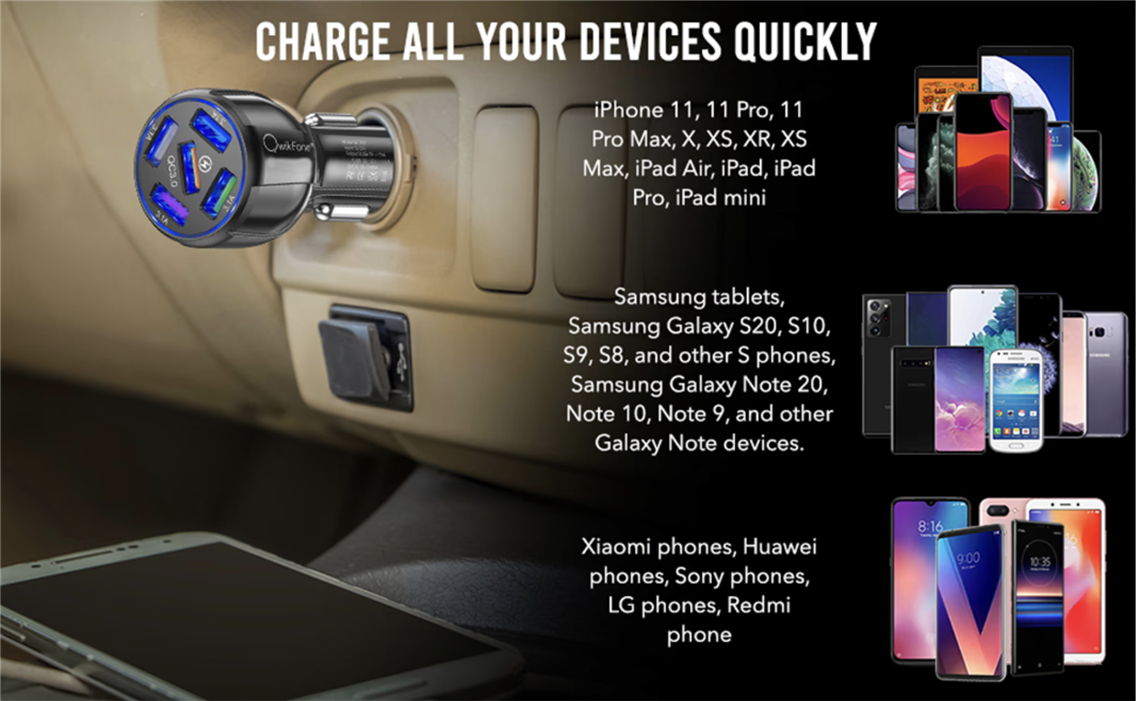

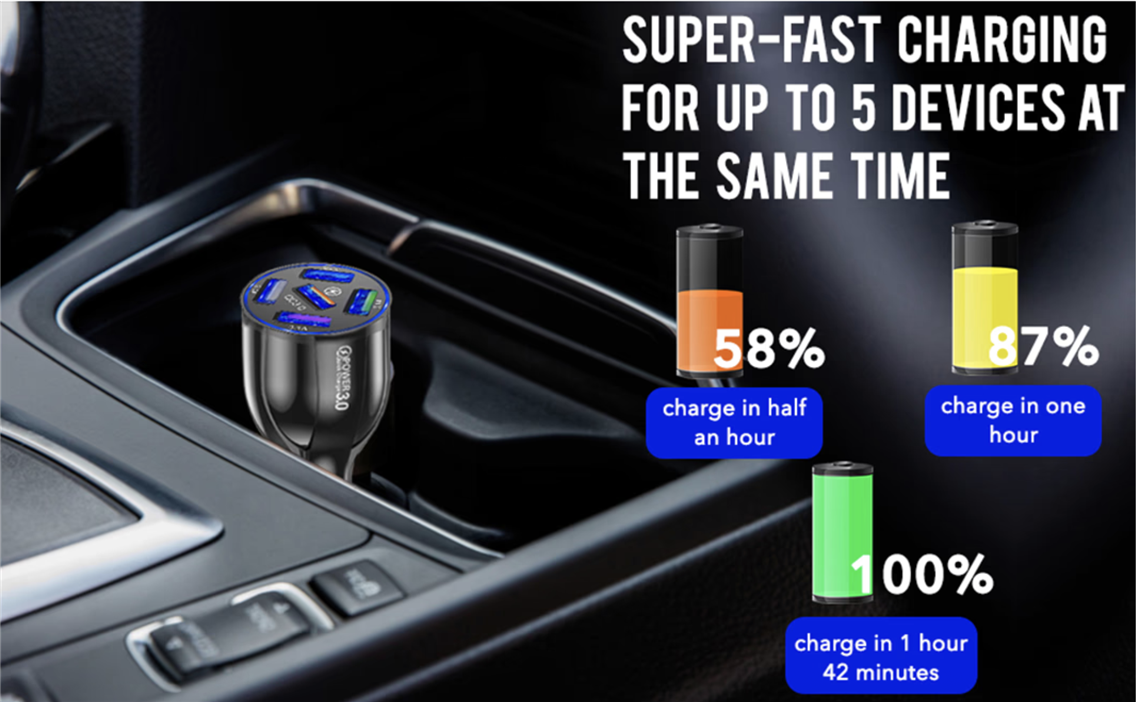

Establish Amazon Content Creation
As your Amazon presence scales, content creation becomes a strategic decision with real operational implications. Building an in-house team gives you maximum control and deep brand knowledge. The drawbacks are significant. Talent acquisition is expensive and time-consuming, as you're building infrastructure: equipment, software, studio space, ongoing training. Fixed costs are high, which creates pressure to keep the team constantly utilized.
Outsourcing offers instant access to specialized expertise without the overhead. Need product photography this month and video next month? You're paying only for what you use. Studios and agencies bring best practices from working across multiple brands and categories, because they've seen what works and can apply those lessons to your products.
Successful outsourcing requires treating your partners as extensions of your team. Clear briefs, consistent feedback, and long-term relationships produce better results than transactional project work.
Hybrid Workflows with AI Content Support
The emerging model combines human creativity with AI efficiency in ways that weren't possible even a couple of years ago. AI handles volume and speed.
Humans focus on strategy, refinement, and quality control. They direct the AI, review outputs, make creative decisions, and ensure everything aligns with brand standards. This division of labor means you can produce significantly more content with the same team size, or maintain current output while reducing costs and timelines.
This approach augments human skills and creativity to excel at repeatability and scale. Humans excel at nuance, logic, and strategic thinking. Together, they create workflows that deliver both quality and efficiency.
At LenFlash, we've built our visual content production approach around this reality. Brands scaling their Amazon presence need content that matches marketplace standards without the traditional bottlenecks, and our services are designed specifically for producing the volume and quality Amazon demands, at the speed modern e-commerce requires





